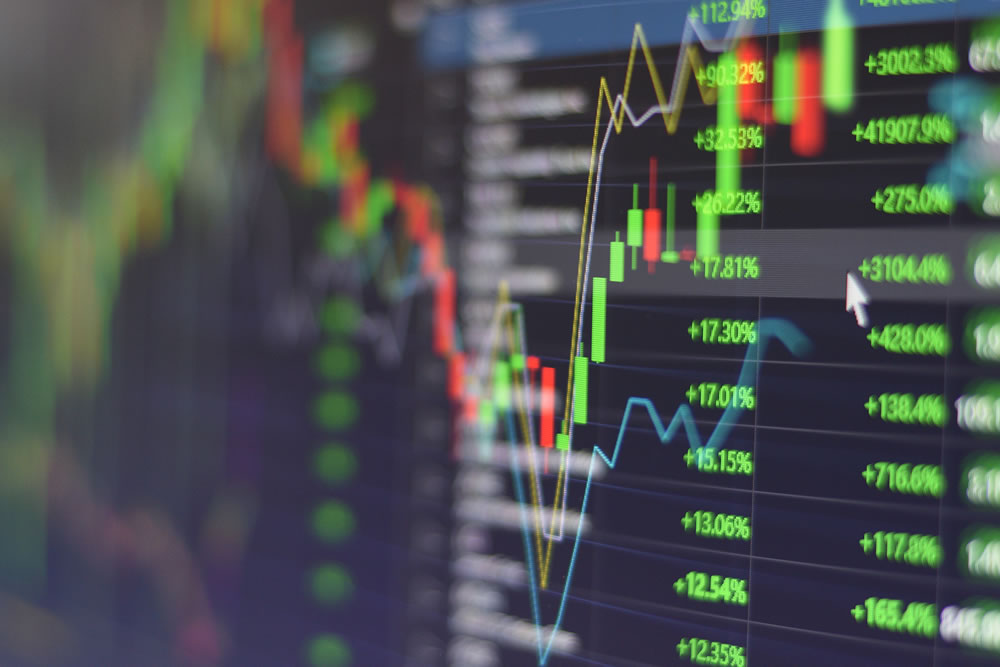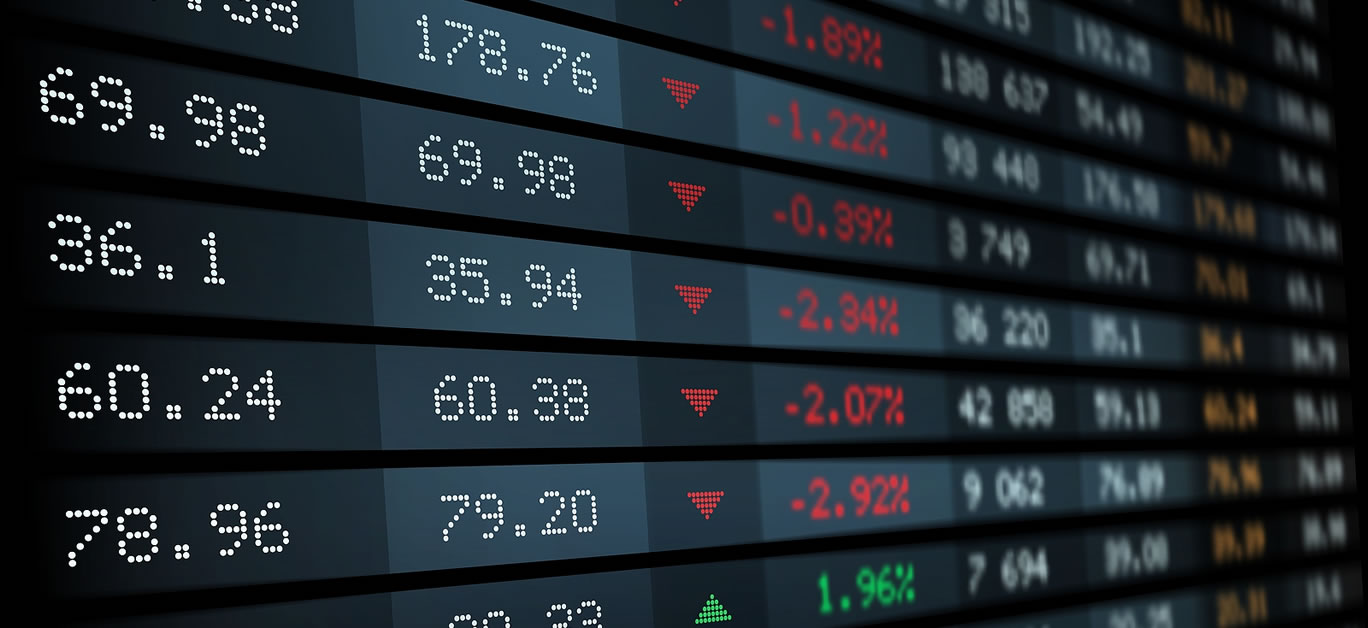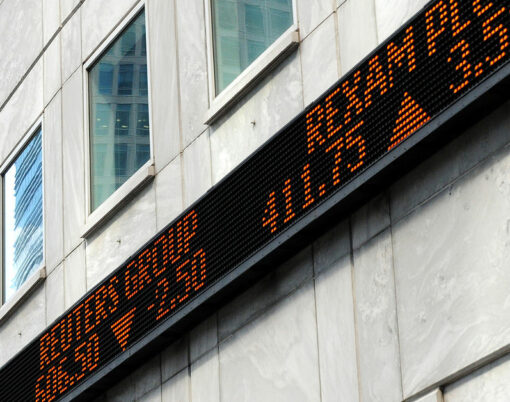In the information age, a golden era of technological advancement has opened up the world of investment to anyone with a compatible device and an internet connection.
No longer the preserve of Wall Street elites, trading has become available to anyone, anywhere. Such a shift in market accessibility has led to a greater volume of amateur investors developing their own rookie portfolios – with users engaging in tens of thousands of markets, from foreign exchange currencies to stock markets and even spread betting.
Acknowledging the growing interest in this field from our readers at LLM – Luxury Lifestyle Magazine, we have written recent entry-level guides to the worlds of forex and spread betting in particular, and now our latest guide focuses on the world of indices.
What are indices?

A stock index (plural indices) measures the performance of a particular set of stocks over time. These stocks can be grouped together using a number of identifying characteristics.
Common themes for stock indices tend to fall into a few major categories. Exchange-based indices focus on a group of stocks listed on a particular exchange – for example the NYSE Composite, which indexes all common stock listed on the New York Stock Exchange.
There are also country-based or regional stock indices – such as the S&P 500, which measures the performance of US stocks – or sector-based indices, which groups together stocks from specific industries to measure their performance as a whole.
There are three dominant types of indices, and prospective traders should take these into account. They are market cap weighted, equal weighted, and fundamental indexing.
Market cap is short for weighted average market capitalisation, meaning that the index is measured based on the market capitalisation of the index’s constituent stocks – and therefore larger companies within the index will account for a greater share of the overall pie, and the movement of smaller stocks have less impact on the whole.
Equal weighted, meanwhile, assigns the same value contribution to each stock within the basket, meaning that the index’s movement relies on each constituent equally.
The final type, fundamental indexing, refers to a type of index in which each component is selected based on a specific set of criteria – such as revenue, book earnings, or dividends, rather than market cap.
Why trade on indices?

Even in the short section above, it is clear to see why indices are such a popular trading platform for many – particularly hobbyists and amateurs. Trading indices allows the individual to focus on a favoured set of indices, gathering a sustainable knowledge and expertise base from which to set their strategies.
Also, not unlike spread betting, trading indices requires less capital than investing in specific commodities and assets, as you do not actually purchase stocks as part of the process – instead trading ‘contracts for difference’ (CFDs) which pay out the differential between the value assigned at the point the contract was signed against the value at the point of sale.
Unlike owning stocks, when trading in CFDs, the individual can trade on the market in both directions – like spread betting. If your research suggests that an index is due to rise in value, you can go long to reflect this. Equally, if you feel a depreciation is imminent, you can short a particular index to turn a profit.
Crucially, though, by grouping a class of stocks together – whether it be by geography, industry, or trading house, individuals are more protected from the risk of a specific asset, market, or stock crashing. This is a very reassuring factor for entry-level traders.
How does it work in practice?

As outlined above, industry practice is to utilise CFDs when trading on indices, although some of the more sophisticated services also allow users to spread bet on major indices such as the FTSE 100.
Once you’ve decided your strategy – and we advise you take plenty of time to get a solid working knowledge of your chosen indices – it’s time to get going.
Traders can open demo trading accounts that mimic the real thing, offering users up to £10,000 in dummy funds to test out their chosen index trading strategy before committing capital for real. Again, for peace of mind and to give yourself the greatest chance of success, we strongly recommend taking a bit of extra time to gain some experience before using real funds.
Once you’ve perfected your approach, open and fund a live account to gain access to the world of index trading at your fingertips. Like with all trading, it is recommended that you set automated stop-loss limits on your trading platform to reduce your exposure to any swift changes in the market.
Disclaimer: Investing money carries risk, do so at your own risk and we advise people to never invest more money than they can afford to lose and to seek professional advice before doing so.






















